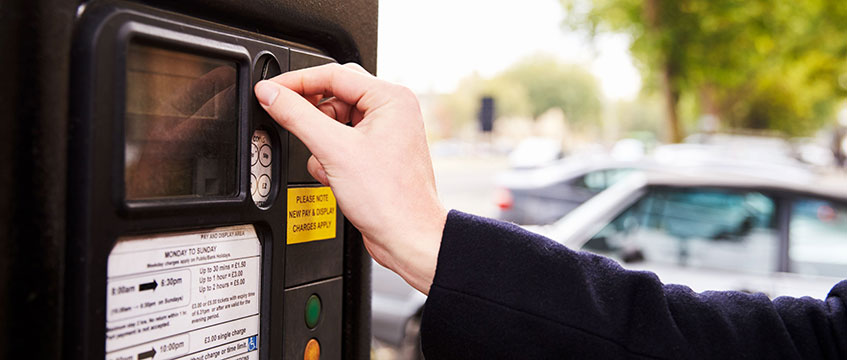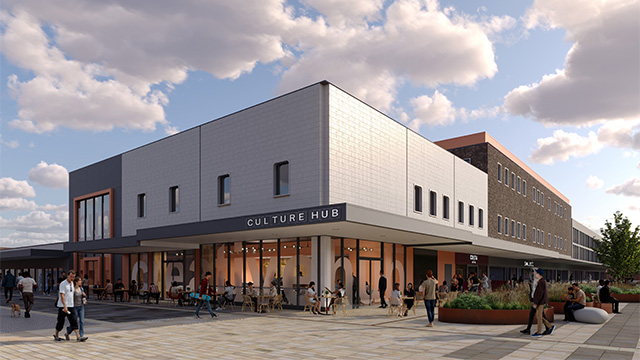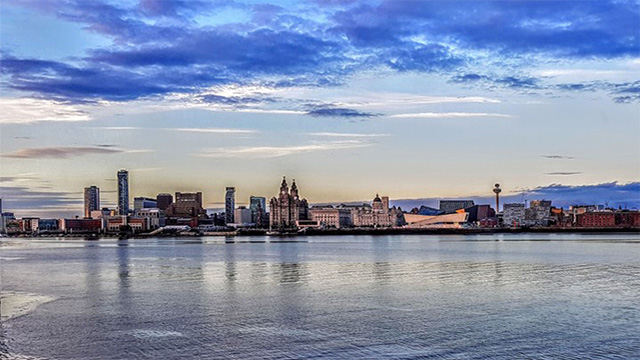Retail veteran and former Iceland boss Bill Grimsey has released his second independent report into what needs to be done to revitalise the UK’s high streets, which includes the creation of a new town centre commission.
Among 25 key recommendations, Grimsey’s taskforce calls for a new town centre commission to develop a 20-year strategy for local high streets, abolishing the business rates system and speed up ongoing digital transformation in smaller towns.
The review, which launched today (4 July) at the Local Government Association’s annual conference in Birmingham, examined the costs, financing and operating models of towns.
It identified the best structures as being formed where there is strong local leadership, regeneration that embraces technology, and recognition of the challenges posed by an ageing demographic.
The report concluded that local authorities needed to be given more powers to have the final say, to grant planning permission, prevent land banking and encourage landlords to fill vacant shops.
Five years on

(c) Tom Campbell
Ahead of the report’s launch, Grimsey said that although some progress was made since his first review in 2013 – which was closely followed in Westminster at the time – there has not been enough.
He said: “In our first review in 2013 we argued that there is no point clinging to a sentimental vision of the past and that we need to start planning for a bold new world. This is still very much the case and we need to look to the future.
“What we have seen during our research this time is that some very good initiatives have been put in place up and down the country over the past five years. These need to be celebrated, but progress is too slow and the retail landscape is rapidly changing.”
He noted that the first six months of 2018 has seen the highest rate of retail closures, administrations and company voluntary arrangements (CVAs) for more than a decade, and shows no signs of slowing.
To combat this and stay relevant, Grimsey argued that towns needed to stop trying to compete with out-of-town shopping parks that offer free parking.
“They must create their own unique reason for communities to gather there – being interesting and engaging and altogether, a compelling and great experience,” he said.
However, business rates, “complex layers” of government and the current fiscal environment continues to hamper progress.
“There is a lack of an independent evidence-based organisation in England and Wales to help towns recognise, react to and realise the opportunity that the current changes bring,” he added.
“As a nation we must give every high street and town centre the best possible chance to flourish.”
EG Editor Damian Wild talks to Bill Grimsey, ex-chief executive of Wickes and leader of the report, Jackie Sadek, chief operating office of Regeneration UK, and James Child, retail analyst at EG about the key takeaways from the Grimsey Review
The 25 recommendations in full
The independent taskforce’s guidelines are split into three categories: how to create a more supportive environment; government and planning; and implementing smarter uses of technology.
Create a more supportive environment

(c) WestEnd61/REX/Shutterstock
1. Establish an empowered organisation or town centre commission under strong established leadership through the local authority for each town centre, with a defined remit to build a 20-year vision or strategy for their unique place. Ensure that this vision is underpinned by a comprehensive business/place plan.
2. Create a national independent organisation, similar to the Scottish Towns Partnership, to capture and share best practice from towns online for town centre commissions to access. This could be hosted by the Local Government Association (LGA) but would need central government endorsement. Work such as this review, the LGA Revitalising Town Centres handbook, academic research, various investment models and case studies could be accessed, as well as advice on how to build an evidence base and how to write a town plan supported by a network of experts co-ordinated by the organisation.
3. Accept that there is already too much retail space in the UK, and that bricks and mortar retailing can no longer be the anchor for thriving high streets and town centres. Town centres need to be repopulated and re-fashioned as community hubs that include housing, health and leisure, entertainment, education, arts, business/office space and some shops.
4. Embed libraries and public spaces at the heart of each community as digital and health hubs that embrace smart technology.
5. Establish common key performance indicators to measure the economic and public health of each town. Link the reporting through a data dashboard to provide independent, objective and current data on performance. Data gathered by the town needs to be delivered in open format (open data) so it can be shared.
6. Set up a national urban data knowledge portal to support the implementation of data platforms for high streets and town centres. A shared, cloud-based dashboard with local data portal-as-a-service should be piloted.
7. Local authorities should establish ‘events teams’ to manage a comprehensive programme of activities that complement the Town Centre Commission plan by driving footfall to local high streets.
Government and planning

(c) Monkey Business Images/REX/Shutterstock
8. Accept that there is no confidence in business rates, it is accelerating shop closures in many towns and is an outdated and unfair tax that needs a major overhaul. An immediate independent review should look to replace it with either a land/area/property value or sales tax.
9. Give local authorities powers to introduce penalties and incentives for landlords of commercial properties that are left empty for more than six-to-12 months. Review the existing property use class system to increase flexibility and look to establish a change of use to make the asset productive.
10. Introduce clear high street assets ownership accountability by establishing a landlord register for each town to be able to trace the owner of every property and engage them in the health and wellbeing of the place.
11. Enable the change of use process through new legislation to be used to convert entire sub-high streets to residential or other uses within the agreed town plan and relocate successful independent businesses to the main commercial centre.
12. Connect planning applications, and in particular new developments, to the business plan for each town and ensure that developments fit within the criteria set by the Town Centre Commission plan.
13. Give the local authority the ultimate power in granting planning permission in line with the town Centre commission plan. Remove the appeal and authority of the national planning inspector to override local decisions.
14. Give local authorities powers to introduce incentives and penalties to prevent the process of “land banking” for future speculative developments.
15. Local authorities should appoint high quality design teams to create and enhance spaces for civic and social use. Design should celebrate the historic character and local identity with quality streets and public realm.
16. Create a flexible planning framework to unlock the potential of each area by encouraging SMEs and making it easy to pilot new business concepts at low risk. The Fountain Arcade in Stockton-on-Tees offers a great example where the local authority is providing conditions to incubate new businesses at low risk.
17. Review Compulsory purchase order provision and make it more straightforward for local authorities to enforce a CPO to benefit the Town Centre Commission plan.
18. Review and amend planning use class system legislation to enable greater flexibility of building use and also to distinguish between the specific use of logistics warehousing used for direct retail sales and commercial distribution.
19. Create a nominal maximum charge of £1 for the first two hours of parking in town centres, while introducing 30 minutes of free parking in high streets with no paid extension option.
20. Review and evaluate the future use and relevance of out of town shopping parks and prepare a plan to bring unwanted space back into use to benefit the community in line with the Town Centre Commission plan, while applying a town centre first policy and calling for no further out of town development.
21. Local section 106 income or any planning gains should be used to support the delivery of the Town Centre Commission plan.
22. Establish a review of the Business Improvement Districts process. This has relevance in large urban conurbations but needs more scrutiny in smaller towns. Consider replacing them with Community Improvement Districts embracing all the stakeholders, occupiers, owners and service providers in an area including the local authority.
Smarter use of technology

(c) PhotoAlto/REX/Shutterstock
23. BT and Virgin Media, the major beneficiaries of SuperConnected Cities £150m funding between 2014 and 2016, need to offer a town digital package to ensure ongoing digital transformation to the top 13 cities and all 1,048 UK high streets in smaller towns.
24. Install LED lights in street lamps to improve the quality of light on the street, while minimising costs. The lamps will also provide improved security as they can include CCTV cameras and integration with police systems for fast response.
25. Provide free public wifi and well-connected work places that support flexible working patterns and attract freelancers to high streets and town centres.
To send feedback, e-mail pui-guan.man@egi.co.uk or tweet @PuiGuanM or @estatesgazette
EG was a main data contributor to the Grimsey Review, supplying in-depth and complete analysis on the retail real estate market using Radius Data Exchange. To find out more about how Radius Data Exchange can help you, visit www.egi.co.uk/radiusdx or to speak to our specialist retail analyst, e-mail james.child@egi.co.uk.











